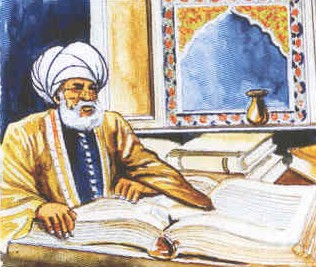بسم الله الرحمن الرحيم اللهم صل على محمد وآل محمد.
dear brothers and sisters...today when I felt that I needed for help I haven't think by somebody else so please if any body can find for me some information with a photo about one or more of the arab history makers: a scientist >please please I need it
verry soon. thanks for you all. with my complments.
[line]
fidaa
والسلام عليكم ورحمة الله وبركاته
dear brothers and sisters...today when I felt that I needed for help I haven't think by somebody else so please if any body can find for me some information with a photo about one or more of the arab history makers: a scientist >please please I need it
verry soon. thanks for you all. with my complments.
[line]
fidaa
والسلام عليكم ورحمة الله وبركاته

تعليق